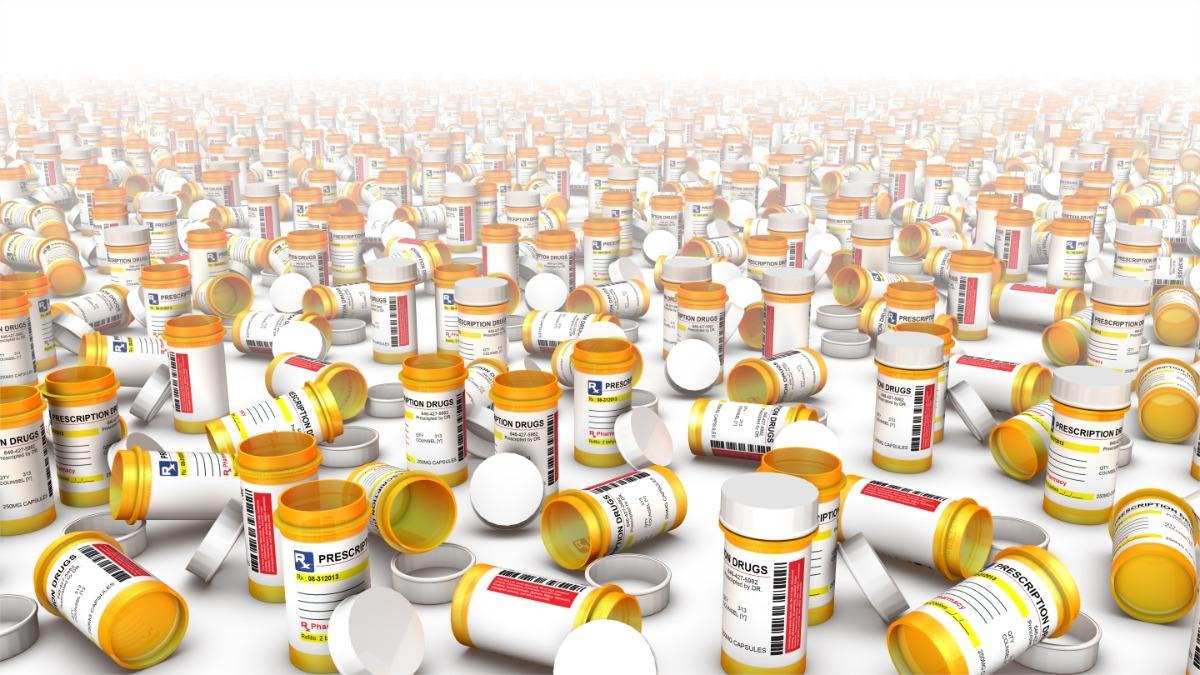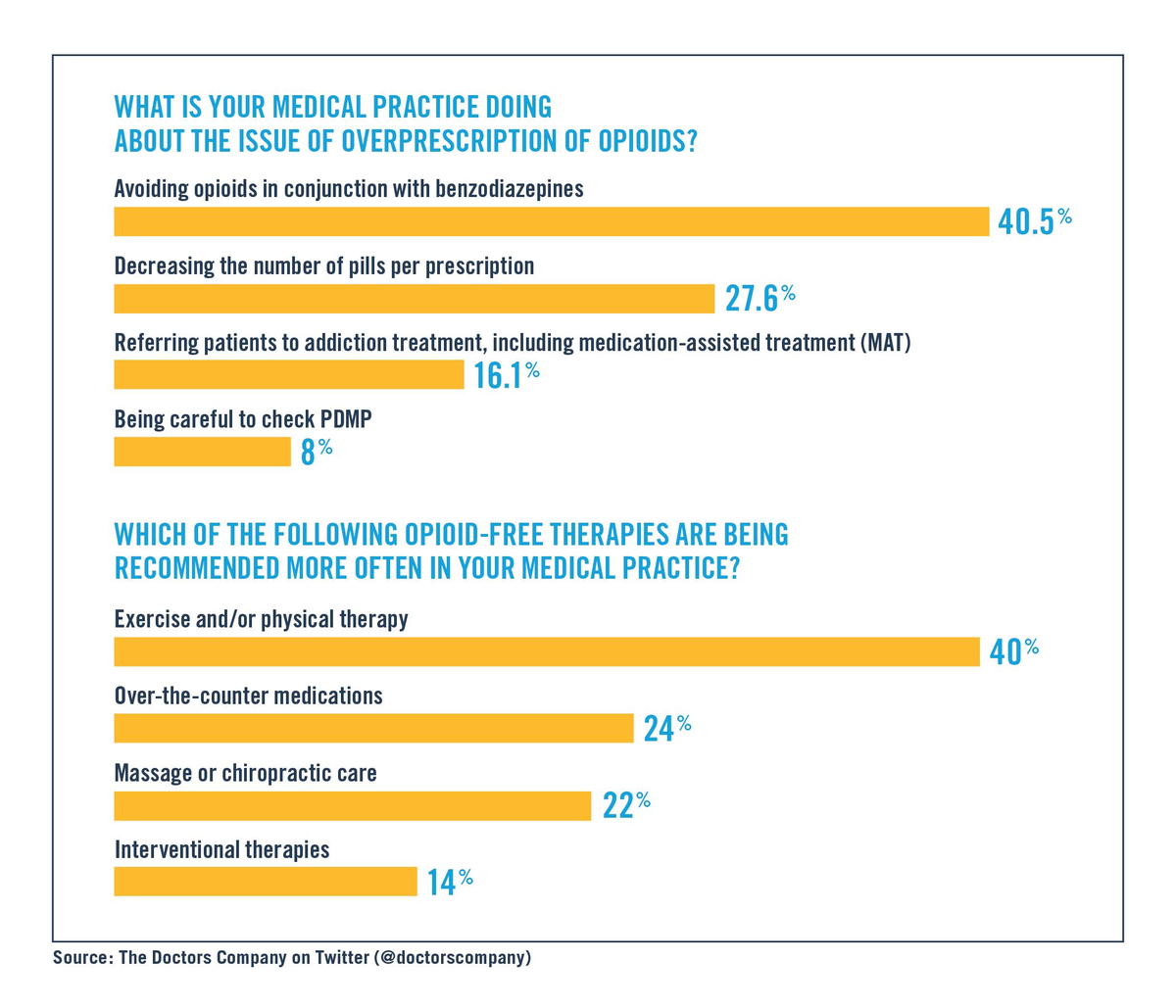
By Roneet Lev, MD, Chief Medical Officer, Office of National Drug Control Policy
On behalf of the White House Office of National Drug Control Policy (ONDCP), I would like to acknowledge The Doctors Company’s highlighting of the opioid epidemic and safe prescribing practices. The Doctors Company’s social media surveys of doctors, as well as national data, demonstrate that the medical community is responding to the message about safe prescribing and is exploring solutions.

Initial market data suggests that the total amount of opioids being prescribed monthly has dropped 34 percent from January 2017 through February 2019. The invaluable efforts of the medical community have helped to reduce the morphine milligram equivalents (MME) to 175 billion MME in 2017. That is the equivalent of 52 pills per American adult. While this is a significant improvement, it still is not near the prescribing numbers from 1992 of 25 billion MME, or 22 pills per adult.
As the Chief Medical Officer at ONDCP, I am constantly looking for new and innovative ways for the Administration to support doctors in our critical mission of saving lives. To this end, I am working to better coordinate efforts between public health, law enforcement, and community prevention programs in battling the addiction crisis across our nation.
The Administration is working to empower doctors in reducing mortality from medications by promoting safe prescribing practices. We know that the combination of multiple central nervous system depressant medications can be extremely dangerous—that includes opioids, benzodiazepines, stimulants, sleep aids, alcohol, and marijuana. Most people who fatally overdose do so on a combination of substances rather than a single medication. In 2017, the death rate for accidental overdoses on all medications, not just opioids, was 4.7 per 100,000. That is 15,173 individuals that were lost. In comparison, in 1999, the reported mortality rate was just two deaths per 100,000 or 5,628 people.
Preliminary data indicates that this trend is beginning to decrease, and I know that the medical community will respond with creative approaches and strong leadership to reduce the number of fatal overdoses due to medication, thanks to the implementation of stronger safe prescribing techniques.
Substance use disorder (SUD) affects over 20 million Americans, and the Administration is proud to report that the number of Americans accessing treatment for SUD has increased by 20 percent. Despite these gains, only 12 percent of people with SUD receive any treatment. Thank you to the many in the medical community who realize that addiction is a chronic relapsing disease (like diabetes or hypertension) that warrants treatment with compassion, and without stigma.
One way the medical community can help get more people into treatment is by increasing the ability to refer someone with an addiction to a specialist. Just as someone can be referred for orthopedics or any other specialty care, a person with an addiction needs specialized care. We are working on increasing the addiction workforce at clinics and hospitals, and encourage the medical community to reach outside their system if such services are not yet available at their institution.
Just as the medical community has helped us to reduce the number of prescriptions for high-dose opioids, it will be instrumental in promoting safe prescribing, screening for addiction, and connecting patients to addiction treatment. I, along with my colleagues at ONDCP, applaud the medical community for being a key part of our mission of saving lives.
References
- IQVIA Institute for Human Data Science. Medicine use and spending in the U.S. A review of 2017 and outlook to 2022. https://www.iqvia.com/institute/reports/medicine-use-and-spending-in-the-us-review-of-2017-outlook-to-2022. Published April 2018. Accessed May 30, 2019.
- CDC WONDER data, Unintentional mortality on medications without SOOTM (synthetic opioids other than methadone). https://wonder.cdc.gov/. Accessed May 30, 2019.
- 3.Substance Abuse and Mental Health Services Administration (SAMHSA). 2017 survey on drug use and health. https://www.samhsa.gov/data/nsduh/reports-detailed-tables-2017-NSDUH. Published 2018. Accessed May 20, 2019.
